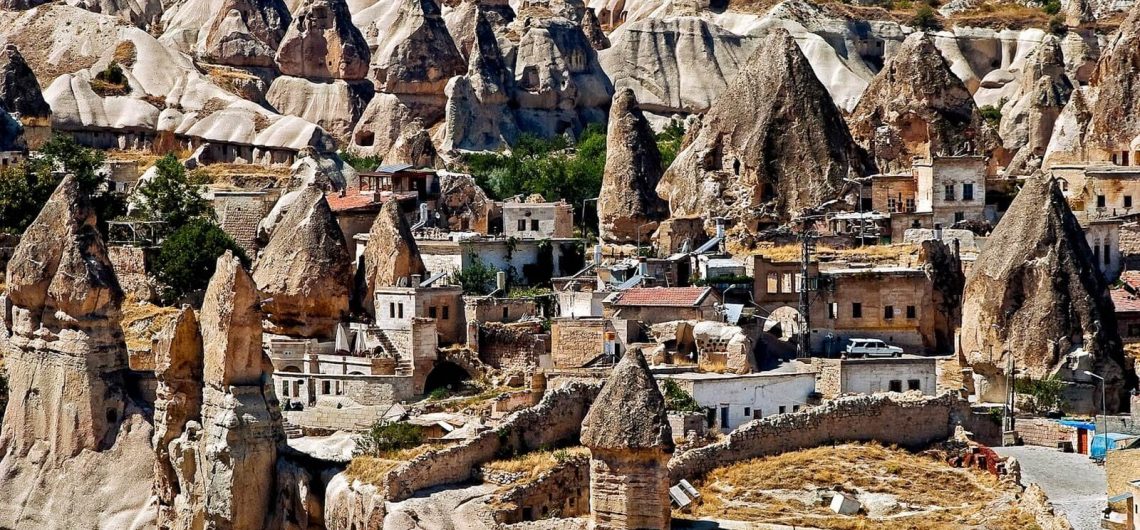Secrets of Yüksek Monastery & Church
Wherever I go, when local people inform me regarding a fascination or point of interest that isn’t in my manuals, I top off with furious fervor, and an extreme inclination to arrive. That was my underlying getting a handle on when I found about Yüksek Monastery and Church.
On this event, my private guide and driver were taking me to the little locale of Güzelyurt in the Cappadocia district. I’d needed to see it for quite a while in light of the fact that out of the considerable number of towns in the zone, the Greek history of Güzelyurt is said to be one of the best.
It was a lengthy drive yet, fortunately, my guide, Cantu was brimming with nearby learning and his fascinating authentic actualities kept my mind involved. In addition, it was all the while Spring so the level fields of the Cappadocia fields were a vivid sight upheld by a predominant perspective of Mount Hassan.
Out of the blue, Cansu braked pulled up along the edge of the street and switched back to a slender, rough way that upon early introductions would lead no place. He said there was a little old church here that I may get a kick out of the chance to see, and as we went down the way, a lake and substantial shake confront came into focus. At the top were the remains of a little building.
Going by Yüksek Church
Called Yüksek in Turkish (means high), its legitimate name was Analipsis from the season of its development by the Greeks in 1894. It had an impeccable view over the artificial Gelveri Lake, which was additionally the name of the town when Greeks still lived here. They all left in 1924 after the Treaty of Lausanne constrained their expulsion back to the country and the other way around with the Turks.
Clearly, numerous relatives of those expelled Greeks still return yearly to the Güzelyurt region. I ponder what they would think about their cloister on the off chance that they wandered in this heading and saw the puerile spray painting covering the inside of the congregation.
It made no difference by any stretch of the imagination, aside from a recorded mark to state that somebody had been there. It was a disgrace, however, I’ve seen the same in other memorable structures all through Turkey. It is general numbness and an absence of training and enthusiasm for memorable conservation.
Far from the passage, grooves in both dividers demonstrated where the now non-existent wooden division board isolated the nave and assembly from the proclaiming stand. Not at all like amazing holy places of the European world and Constantinople, this was a basic building, preferably suited to friars on a long lasting journey for awesome beauty and character, however, I think about whether they took their straightforwardness to the extraordinary.

